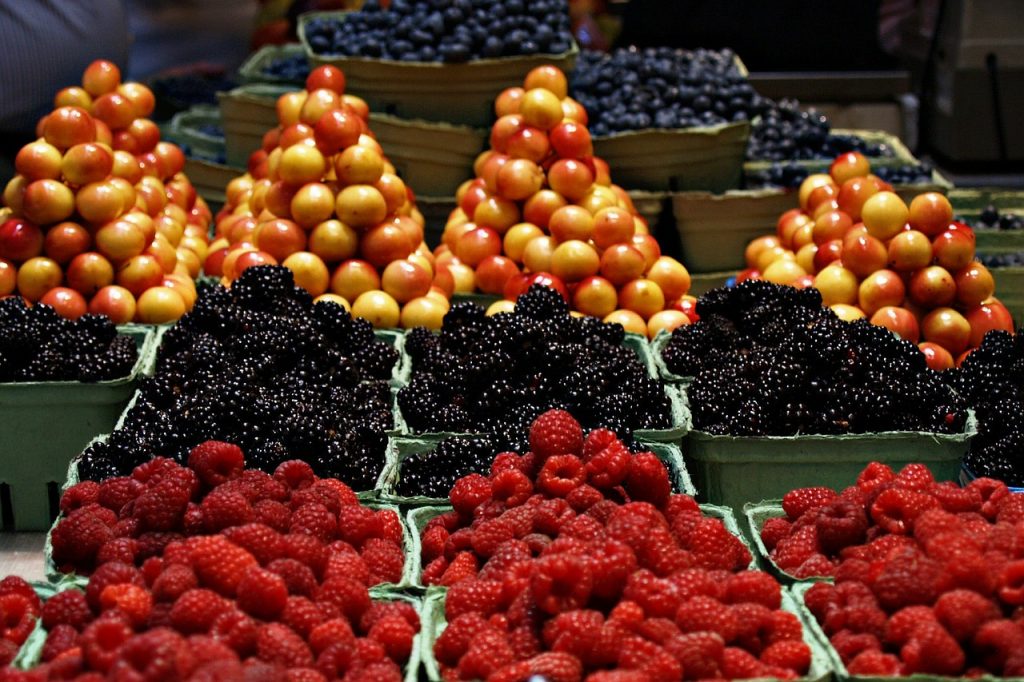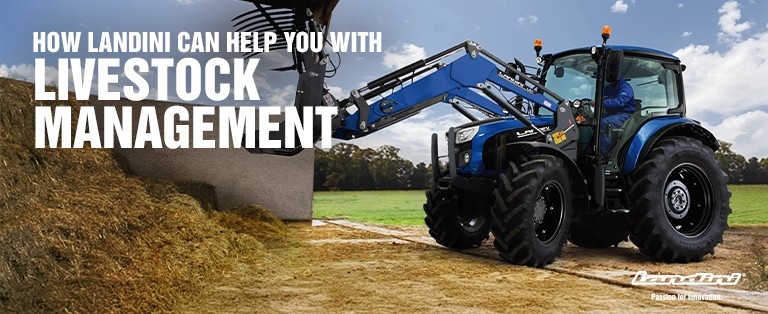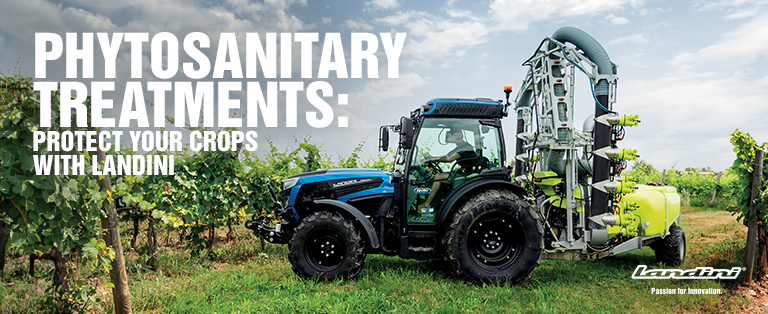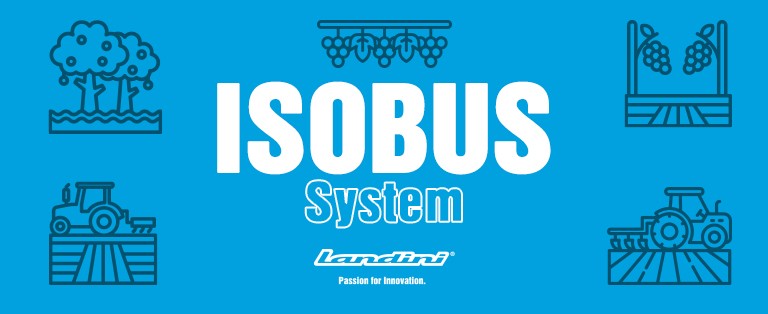Agriculture 4.0: What are the benefits for sustainability and traceability?
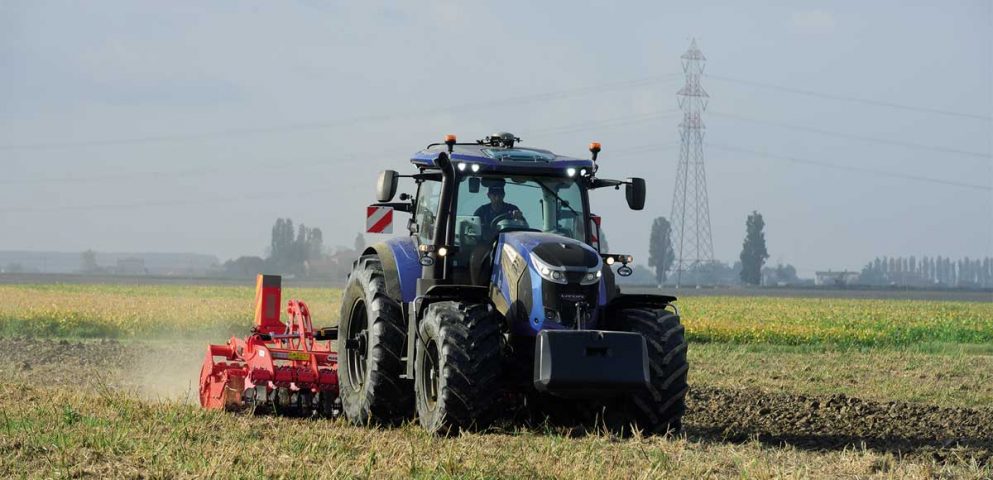
Agriculture 4.0 is the direct evolution of the concept of “precision agriculture” and refers to the ability to implement well-targeted and efficient interventions in the agricultural field. This is thanks to the use and analysis of a large amount of data collected through advanced and interconnected technologies
There are three key concepts of agriculture 4.0: sustainability, digitisation and traceability
Contents
- What is Digitisation
- Sustainability and ecological transition
- Supply chain traceability
- The tools of agriculture 4.0
What is Digitisation
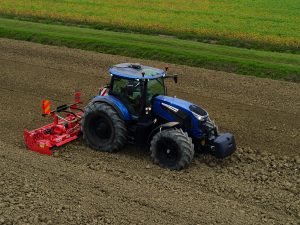 Obviously, Agriculture 4.0 cannot disregard the use of highly advanced and innovative technologies. Furthermore, it needs to be able to collect a huge amount of data and information from these technologies, and interpret – as well as translate – them into strategies and actions.
Obviously, Agriculture 4.0 cannot disregard the use of highly advanced and innovative technologies. Furthermore, it needs to be able to collect a huge amount of data and information from these technologies, and interpret – as well as translate – them into strategies and actions.
These innovative tools are revolutionising the world of farming, bringing significant benefits in terms of results and potential.
Digital technologies 4.0 are available to support farmers both in their daily activities and in planning strategies for their business, including relations with all links in the supply chain.
Therefore, through the use of digital technologies (from IoT to artificial intelligence and drones, from the analysis of large amounts of data to connected tractors), farms can see increases in
- their profitability
- their economic, environmental and social sustainability
Sustainability and ecological transition
Today we can no longer ignore the need for an ecological transition, which, especially in the agricultural world, has become an essential step.
The use of new technologies favours a reduction in the waste of resources. This is thanks to greater control over crops and to data analysis that becomes predictive, allowing targeted and early intervention.
In terms of sustainability, the adoption of 4.0 solutions means:
- avoiding waste by accurately calculating the crop’s water requirements and detecting plant diseases or pests in advance
- achieving considerable savings in terms of economic resources
- having greater control over production costs thanks to precise planning of all cultivation, sowing and harvesting phases
For more information on sustainable agriculture, please refer to this article Sustainable agriculture
Supply chain traceability
A final factor, in which Agriculture 4.0 offers the most interesting prospects, is the increased traceability of the agricultural supply chain.
During each step, from the field to packaging, it is possible to collect useful data to keep each step of the production process under control.
Achieving a short supply chain with little margin for error makes it possible to produce food of the highest quality and which is environmentally sustainable.
The tools of agriculture 4.0
What tools does agriculture 4.0 use? Let’s discover them together.
Artificial intelligence: robotics and management software
Instructing a machine to assess specific situations and then making decisions in real time: this is what artificial intelligence does.
There are two main areas of application for this technology: robotics, using machines to automate specific tasks, and management software, which has the main advantage of reducing the number of hours that employees spend on automatic and repetitive tasks.
Big Data: a world of data
Big Data refers to all the information and data generated by the technologies used in the field.
This data will be collected and interpreted by artificial intelligence. It will then be used to develop solutions to specific problems to make production more efficient.
Drones, sensors, satellites: real-time monitoring
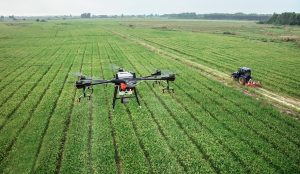 Drones are able to monitor crops in real time and transmit images and useful information. The most advanced versions adopt infrared sensors and imagery systems to detect problems that cannot be detected by the naked eye.
Drones are able to monitor crops in real time and transmit images and useful information. The most advanced versions adopt infrared sensors and imagery systems to detect problems that cannot be detected by the naked eye.
Environmental sensors placed in the fields are capable of recording weather and climate data as well as information on soil water requirements.
Satellite crop monitoring is a tool that allows farmers to constantly monitor the health of their fields thanks to a multi-spectral imagery analysis of high resolution satellite images. This tool also promptly triggers any alarm bells, providing information on key aspects such as vegetative growth, soil moisture and temperature.
Internet of Things
All these high-tech tools would not be able to connect and exchange information if there were not a specific technology called the Internet of things (IoT) that acts as a common language for tools that are often very different.
Accessible benefits and incentives
As we have seen, there are many benefits of agriculture 4.0, which can be grouped into 3 macro-categories.
Economic advantages
Greater control over activities leads to optimisation of available resources and consequently to less water and fertiliser being wasted, which translates into savings for the farmer.
Environmental benefits
Agriculture 4.0 aims to improve the yield and sustainability of agricultural activity and the environmental impact of the entire agrifood chain.
Social benefits
The latter are reflected
- in the final consumer who, thanks to careful control of the supply chain, will have available better quality and healthier products.
- in the worker, new technologies are also proven to improve working conditions, made less burdensome by the support of digital and innovative tools.
Do you want to know how you can adapt your farm to this digital evolution?
There are many state incentives that can help you modernise your business.
Contact your nearest Landini dealer for more information on the government incentives available to you.

